A recent study from the National University of Singapore and NCS Cyber Special Ops R&D examines how to improve the MITRE ATT&CK framework to address evolving cyber threats, based on insights from 417 peer-reviewed publications across areas like threat intelligence, incident response, and attack modeling.
Key Insights: Uses and Challenges
The research reveals that MITRE ATT&CK has become a fundamental tool in cybersecurity across various industries, including healthcare, finance, and critical infrastructure. Its adaptability is evident through its integration with other established frameworks like the Cyber Kill Chain and NIST guidelines, which helps to provide a more comprehensive defense approach.
Key applications include:
- Threat Intelligence and Incident Response: ATT&CK is used to map adversarial tactics, techniques, and procedures (TTPs) to real-world data, such as system logs and network traffic. This helps improve detection accuracy for complex threats like Advanced Persistent Threats (APTs) and ransomware, enabling faster identification and response.
- Machine Learning Integration: New studies show how Natural Language Processing (NLP) models, like BERT, can automate the extraction of TTPs from unstructured threat reports. This boosts efficiency in identifying patterns of adversary behavior, which is crucial for timely detection and mitigation.
- Sector-Specific Applications: ATT&CK is widely used in sectors such as IT systems and manufacturing, but its use in industries like healthcare and energy is still developing. These sectors face unique challenges, and while ATT&CK can offer valuable insights, its application needs more exploration to address specific threats.
Despite widespread use, challenges remain. Mapping real-world behaviors to ATT&CK techniques is resource-heavy and subjective, while high-level abstractions may lack detail for specialized fields like IoT or ICS. Additionally, processing large datasets strains scalability for smaller organizations.
To tackle these challenges, researchers suggest several improvements:
- Automating TTP Mapping: Using advanced machine learning models like graph neural networks to automate mapping real-world data to ATT&CK techniques.
- Expanding Domain-Specific Applications: Creating tailored matrices for emerging technologies like 5G networks and critical infrastructure to increase relevance.
- Improving Dataset Quality: Adding diverse data sources, such as logs from IoT devices and ICS environments, to provide better insights.
- Real-Time Detection Systems: Integrating ATT&CK with SIEM platforms for faster threat detection and response.
The study concludes that while ATT&CK has greatly improved cybersecurity, continuous updates and expansions are necessary to keep up with evolving cyber threats, ensuring its ongoing effectiveness in protecting digital systems.
Follow Us on: Twitter, Instagram, Facebook to get the latest security news!


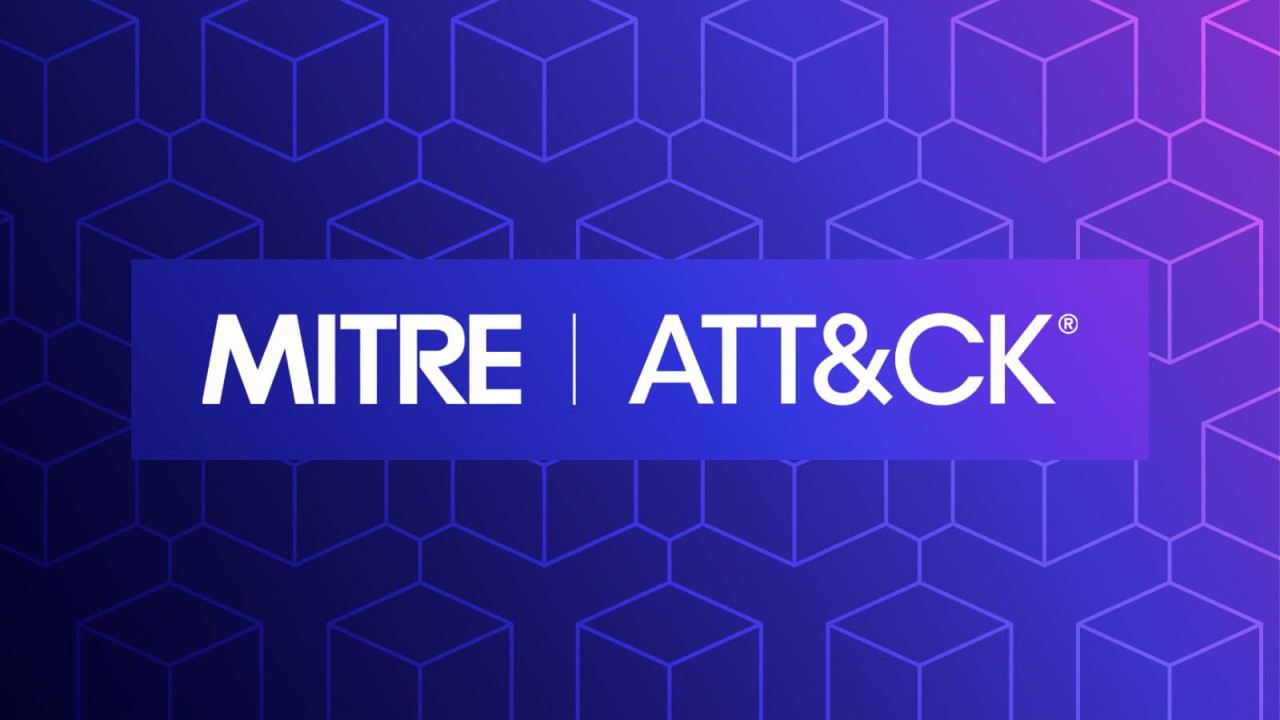
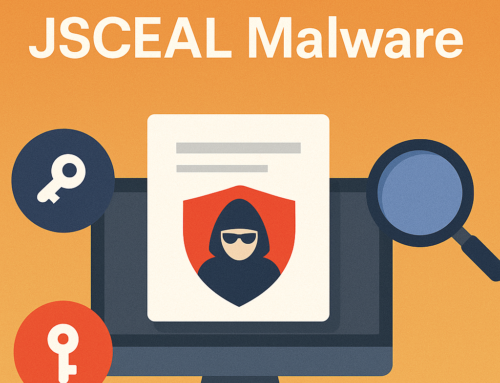
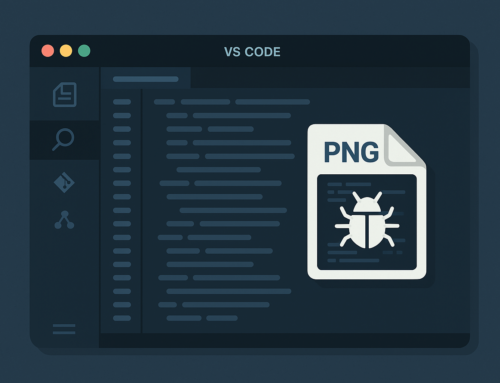
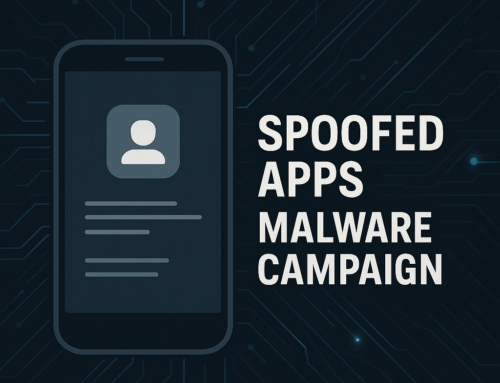
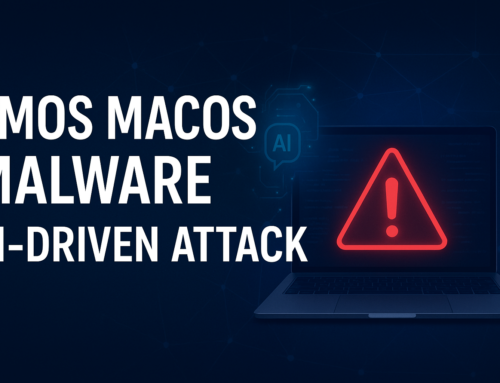
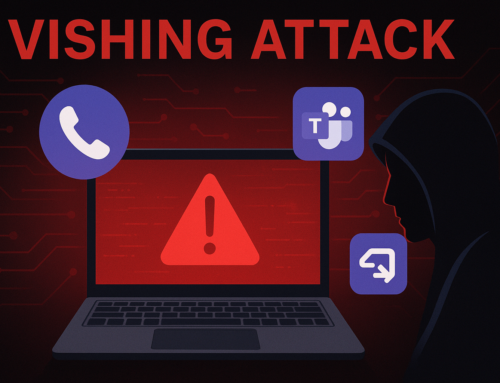

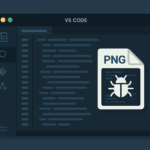

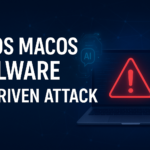

Leave A Comment